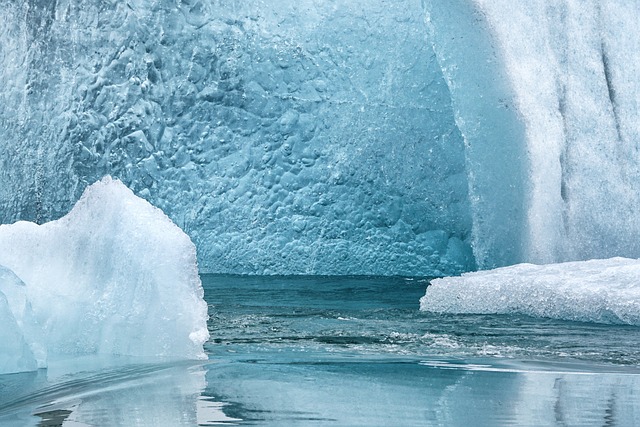Understanding the Fragility of Desert Ecosystems
Deserts, often perceived as barren lands, are actually intricate ecosystems with a unique balance that sustains diverse flora, fauna, and indigenous communities. These arid regions are increasingly vulnerable due to the accelerating effects of climate change, including rising temperatures and shifting rainfall patterns. This vulnerability leads to desertification—a process that degrades land and threatens the survival of both natural habitats and human populations. Recognizing the critical importance of preserving these fragile landscapes is essential in our global effort to combat environmental challenges.
The Global Environment Facility’s Vital Intervention
The Global Environment Facility (GEF) stands as a beacon of hope in the fight against desertification and climate change. As an international partnership that brings together governments, civil society, and private sectors, the GEF provides crucial funding and expertise to projects aimed at restoring degraded lands, promoting sustainable land management, and enhancing resilience among desert communities.
Through its focused grants and collaborative initiatives, the Global Environment Facility empowers nations to implement innovative solutions tailored to the unique conditions of their arid regions. These projects not only restore natural vegetation and prevent soil erosion but also support the livelihoods of people dependent on desert ecosystems, ensuring social and economic stability alongside environmental restoration.
Climate Change and Its Impact on Desertification
Climate change intensifies the threats deserts face by altering weather patterns, reducing water availability, and increasing the frequency of extreme events such as droughts. This deepens the vulnerability of desert ecosystems and accelerates land degradation. Addressing desertification is thus inseparable from tackling climate change, as the two issues are deeply intertwined.
The initiatives supported by the Global Environment Facility highlight this connection by promoting practices that reduce greenhouse gas emissions, enhance carbon sequestration in soils, and improve water management. By integrating climate resilience into desert preservation efforts, the GEF contributes to a sustainable future where deserts are not only protected but revitalized.
Empowering Communities for Sustainable Change
At the heart of desert preservation efforts lie the communities that depend on these lands. The Global Environment Facility places significant emphasis on community engagement and capacity-building, encouraging local stewardship of natural resources. This inclusive approach ensures that the knowledge and needs of indigenous and local populations are respected and incorporated into environmental strategies.
Such empowerment fosters a deeper connection between people and their environment, inspiring collective action against desertification and climate change. It reminds us all that preserving deserts is not just an environmental imperative but a shared responsibility that connects us across continents and cultures.


